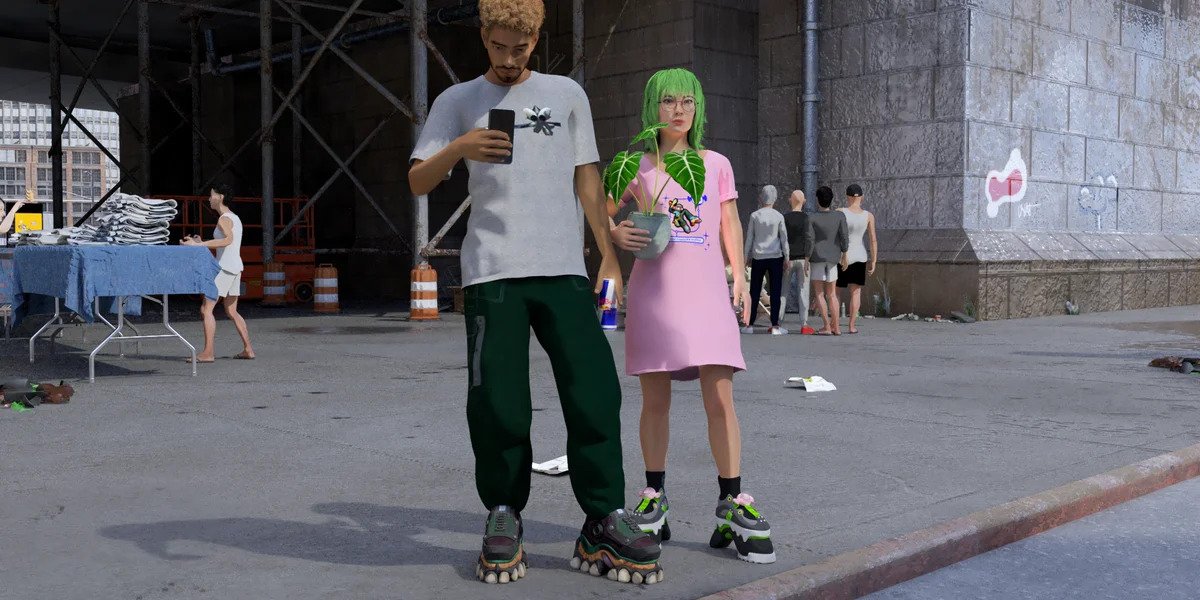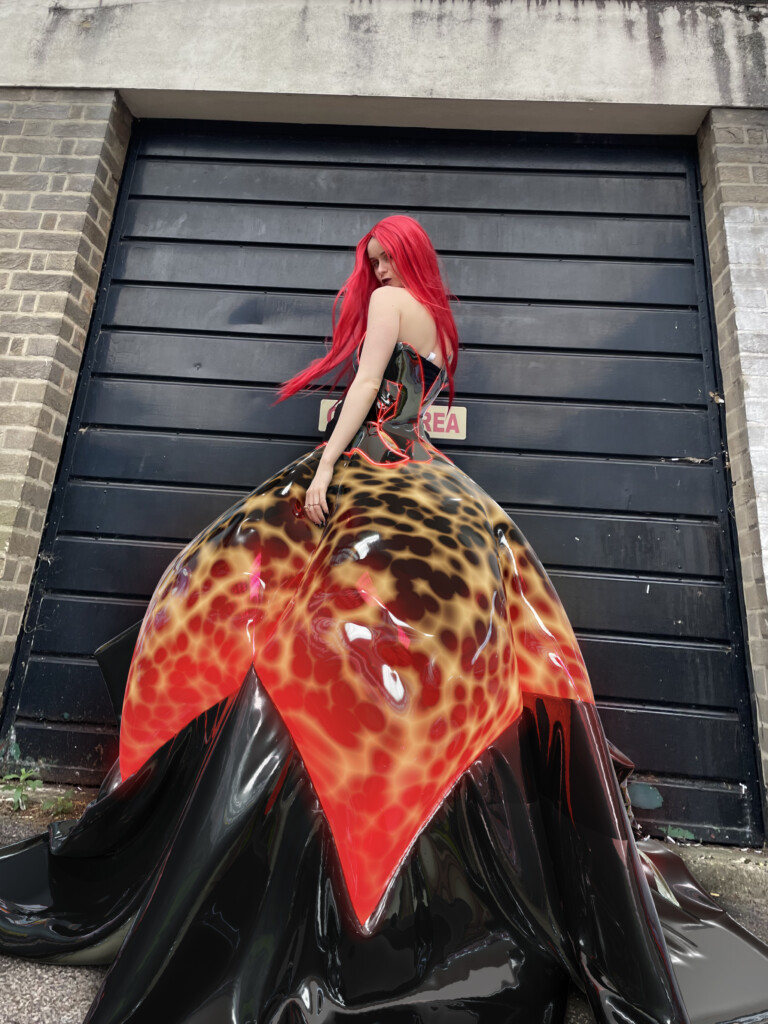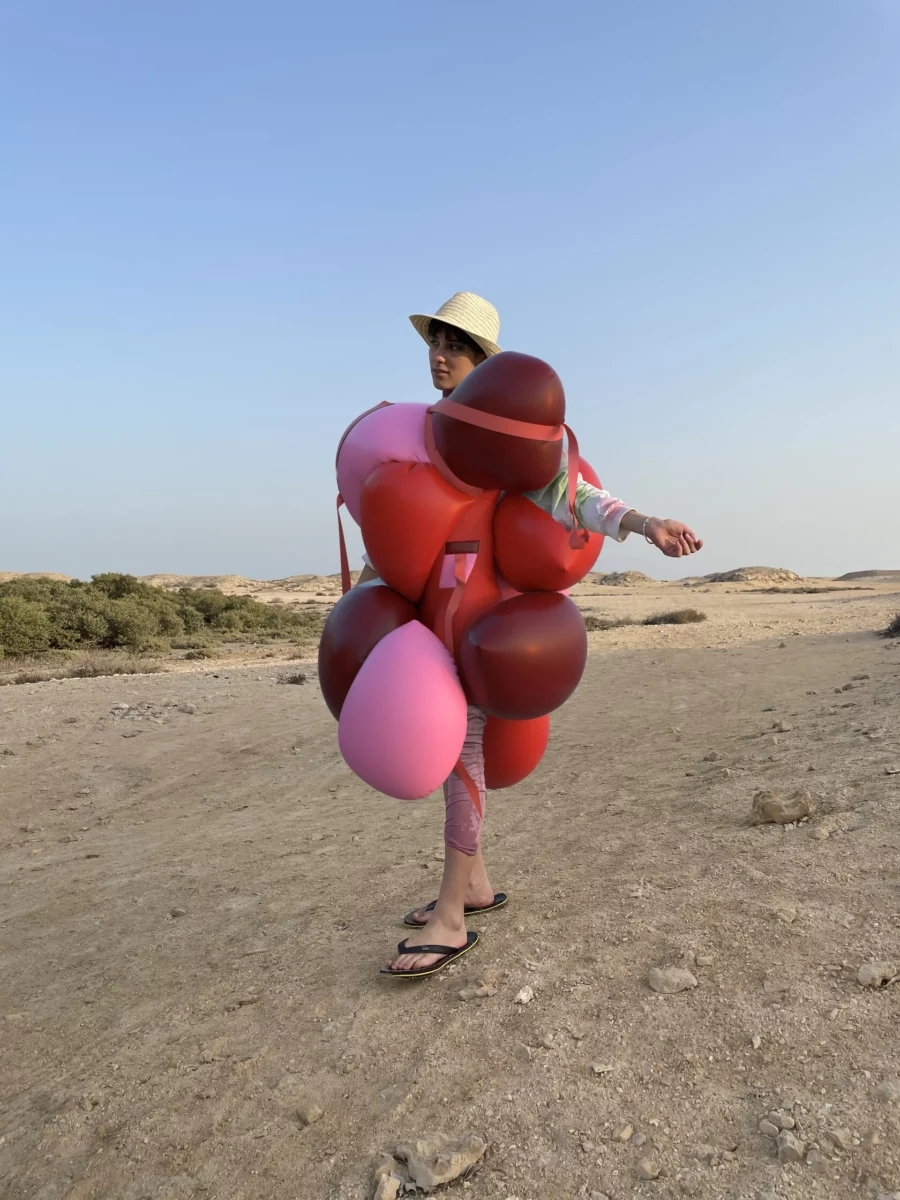Fixing the Toxic NFT Brand
Jeffrey Alan Scudder has some suggestions for how to improve the negative perception of NFTs.



Last year, digital fashion was suddenly everywhere. On the British Fashion Awards red carpet, Selling Sunset star Christine Quinn, model Paloma Elsesser, and “RuPaul’s Drag Race UK” contestant Black Peppa modeled a silver augmented reality (AR) bodysuit from the Institute of Digital Fashion. Meta launched an avatar store, allowing your memoji to emote in Balenciaga, Prada, and Thom Browne. Decentraland held its first Metaverse Fashion Week, where “trad fash” giants Dolce & Gabbana, Tommy Hilfiger, and Paco Rabanne were presented alongside digitally native fashion houses including Auroboros, Republique, and DressX. Tiffany & Co’s “NFTiff” drop sold out in under half an hour, bestowing 250 CryptoPunk holders with custom physical and NFT pendants of their Punks for 30 ETH apiece. Digital fashion designers and influencers heralded their burgeoning field as the solution to the wider industry’s enormous environmental impact. Amid all the hype, it was unclear whether the sustainability claims held up under interrogation, or on a more basic level, where all the truly inspiring projects could be found.
For decades, gamers have been creatively styling their avatars to serve looks in expansive digital worlds.
For decades, gamers have been creatively styling their avatars to serve looks in expansive digital worlds. Whether mastering The Sims, Kim Kardashian: Hollywood, Fortnite, Animal Crossing or any of the 40 million games on Roblox, no gamer wants to look like an NPC in default attire, regardless of whether swag is functionally key to the game. In a 2022 Metaverse Fashion Report by Roblox and Parsons, Roblox fashion designer Lovespun emphasized the impracticality of in-game clothing as part of its appeal: “It’s literally unbreakable! If I want to swim in water with a beautiful gown I can, and it won’t get ruined by water! If I wanted to climb a mountain in a pair of heels they wouldn’t break my ankles either.” A turn through the designs of Lovespun and other popular Roblox creators such as Builder_Boy and CoffeeNerd reveals that—as a non-gamer might expect—sexy-Princess Peach-goes-to-Harajuku style prevails, with an abundance of cat-ear headbands, schoolgirl skirts, and colorful wigs. This cutesy aesthetic reflects Roblox’s predominantly teenage market; over half of the platform’s nearly 59 million daily users are under 13. In a survey of 1,000 Gen Z Roblox users, 42 percent of respondents rated expressing themselves through digital attire as more important than expressing themselves in the physical world.
Keen to stake a claim to this growing market, leading luxury and fast-fashion brands including Burberry, Forever 21, Givenchy, Gucci, H&M, and Nike have set up shop in Roblox. On secondary sales, some digital items are fetching higher prices than their physical counterparts; in 2021, a Gucci Dionysus bag that retailed on Roblox for roughly 5.50 USD resold for over 4,000 USD—the physical bag costs 3,400 USD. Such big-brand projects tend to suck up all the attention in the metaverse, meaning that—as in the traditional fashion world—digital designers are largely reliant on collaborations or co-signs from gatekeepers to break through. While designers can sell directly to players on Roblox, the platform ultimately owns their designs. Reflecting the supremacy of gaming platforms, popular Fortnite skin designer @D3NNI has stated that his dream is to work in-house full-time at Fortnite creator Epic Games. It’s hard not to suspect that the pure joy of gaming fashion is being supplanted by the pressure for teenagers to kit out their avatar in Gucci renders made by largely unsung digital garment makers.
Since 2018, internet culture-centric New-York based label Happy99 has used 3D animation to build a compelling brand universe while questioning the fashion industry’s consumerist nature. In September 2019, Happy99 designers Dominic Lopez and Nathalie Nguyen staged a digital Spring/Summer 2020 fashion show in a virtual rendering of Manhattan’s Chinatown. None of the chunky sneakers, raver pants or graphic tees they showcased were available to buy physically or digitally. The show was incredibly prescient of the increased focus on virtual fashion experiences that came about amid the pandemic. While Happy99 now sells a small range of physical clothes, accessories, and toys online and out of their Manhattan store, Lopez and Nguyen were initially met with frustration when fans learned that their experimental, gravity-defying shoes—including turbo lime green and black roller skates and pink and silver pleasers with spring soles—were not for sale. “People like what we are making so much that they’re angry at us for not producing something that they can purchase,” Nguyen told i-D in 2020. It is telling that the designers making arguably the most compelling digital fashion are choosing not to sell their virtual wares, whether due to ethical concerns or because there is no satisfying way to do so.
The pure joy of gaming fashion is being supplanted by the pressure for teenagers to kit out their avatar in Gucci renders.
Outside of gaming, the primary way to engage with digital fashion is to pay a retailer such as DressX, Replicant or Republique to superimpose a virtual outfit onto a photo of yourself. Given the challenges of posing in an outfit you’re not actually wearing, much like fast fashion, digital clothing tends to fit poorly. While fun for a one-off gimmick, it’s depressing to conceptualize the future of fashion as flexing for a single-use 2D image. Recognizing this limitation, platforms are scrambling to move their clothing into 3D environments, opening up the potential for AR garments that move convincingly with the body in video environments. Unfortunately, most of the general populace uses video calls predominantly for work Zoom meetings—not exactly the ideal occasion for a conceptual Olivia Goodall x Replicant dress made of pink and red balloons.

While theoretically, digital fashion has the power to craft the clothing of our wildest collective imagination, not a single digital fashion item has achieved mainstream virality. The recent hype surrounding the release of MSCHF’s Big Red Boots—absurd, cartoonish shoes that look digital, but are actually physical—suggests that traditional fashion still indulges our fantasies more effectively. In comparison, the racks of leading digital retailers are dominated by a predictable Lady-Gaga-does-high-street aesthetic, with an overabundance of metallic puffer jackets and bodysuits.
To sweeten digital fashion’s value proposition, retailers are emphasizing its environmental potential. The traditional fashion industry is responsible for up to 10 percent of all carbon dioxide output and the advent of fast fashion has seen annual garment production double since 2000. On average, the production of a digital garment results in 97 percent less carbon emissions than a physical garment. “Don’t shop less, shop digital fashion,” proclaims the DressX website. Or, in Replicant’s words, “You don’t have to buy a new physical garment if you only need another catchy Instagram post.” The logic is that as our online identities become more important, people will spend more time and energy on dressing their digital twins and divest from physical clothing.
By archiving AR and digitally rendered looks on the Instagram account @thisoutfitdoesnotexist, influencer and entrepreneur Daniella Loftus provides a creative visual testament to fashion’s carbon neutral future. Loftus expands on her philosophy on Substack, where in 2021 she wrote that “From an environmental standpoint Digital Fashion allows for a colossal redirection of resources which may otherwise end up in landfills every time our identity’s re-jigged.” While this is an enticing premise, it may be magical thinking to assume that those who invest in digital fashion will not also continue to stack their physical wardrobes. At least in digital fashion’s infancy, the type of consumer willing to spend anywhere from a few dollars to thousands on DressX is likely a very online influencer who remains committed to flexing new outfits offline. If anything, presenting digital fashion as a shortcut to Instagram stardom only reinforces the belief that it’s embarrassing to be seen in the same outfit twice, whether on- or offline. Digital fashion has potential creative value; environmentally, it merely provides an opportunity for brands to reach new markets while claiming to care about sustainability and redirecting attention away from damaging manufacturing processes.
How do NFTs fit into all this? NFTs provide the fashion industry—particularly known legacy brands—with unique opportunities to track authenticity and ownership on the blockchain. The most hyped projects offer variations on a template, in the mold of the Bored Ape Yacht Club; in December 2021, digital artist Mason Rothschild released his MetaBirkin NFTs, which reimagined the iconic Hermès Birkin bag as one hundred furry digital twins in Mondrian, Mona Lisa, and psychedelic prints. (Hermès recently won a lawsuit against Rothschild on the grounds that the MetaBirkins had violated trademark protections.) But critically, NFT fashion items are not wearable in virtual or physical spaces, making them functionally indistinguishable from other NFT art, apart from the added utility of offline perks for holders, such as entry to fashion week parties or the capacity to redeem physical merchandise.
While fun for a one-off gimmick, it’s depressing to conceptualize the future of fashion as flexing for a single-use 2D image.
Digital fashion is a rapidly evolving space, but one that struggles to find a place beyond the (admittedly substantial) domains of gaming and social-media influencing. It’s not particularly appealing to buy an item of clothing for a world that doesn’t exist yet, which is effectively what is being asked of consumers. Claims of environmental salvation fold under even basic scrutiny, and traditional fashion brands are recreating the power imbalances that plague the physical industry in virtual worlds. Until the metaverse is worth dressing up for, there’s always the nostalgia of modding your mid-aughts Sims for a return to simpler times.
Tara Kenny is a culture writer based in New York.
